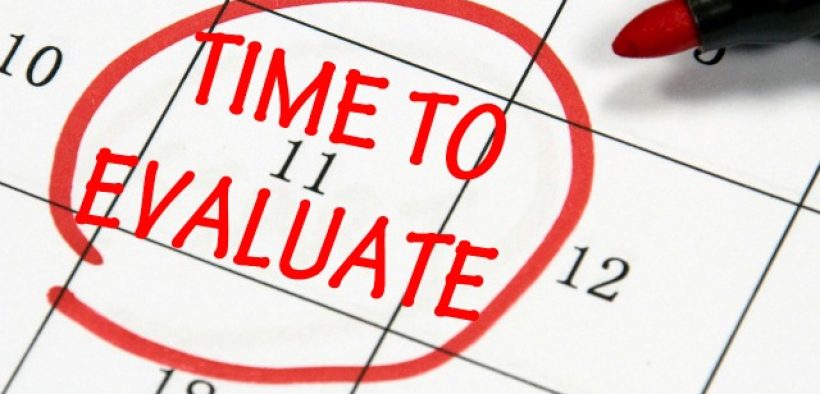Group activities are an excellent way to improve student learning in an online course. But they invariably raise the free-rider problem—the student who does not contribute his or her fair share of the effort.This is particularly bothersome to students when there is one group grade for all members of a group. While there is a real-world value to giving a group grade since many activities in life are evaluated on a team basis, there is an issue of fairness in the students’ minds. This leaves the faculty member with the unenviable choice of using a group grade and having to deal with student complaints about free riders, or using an individual grade and being unable to accurately distinguish one student’s contribution from another. Kadriye O. Lewis, professor of Pediatrics at the UKMC School of Medicine, came up with a solution by creating an “Intra-Group Member Peer and Self-Evaluation” to assess individual performance.
Dr. Lewis uses a variety of small group activities in her classes that involve one or two weeks of work each, with the results posted to a discussion board area for class deliberation. Groups are scrambled every few weeks in order to give students a chance to work with others. At the end of each group activity, all group members fill out an evaluation on every other group member’s participation. Each student answers a variety of questions about the other students on a traditional Likert scale from Strongly Agree to Strongly Disagree. The topics include:
- Keeping abreast of group progress
- Sharing ideas
- Completing tasks on time
- Attending meetings
- Demonstrating respect for others
- Contributing to group discussions
There are also open-ended questions on how the group worked in general. Students are asked to comment on whether the group functioned well, and offer suggestions on how to improve group functioning in the future.
Not only do these evaluations identify free riders, but the fact that students know they will be evaluated helps reduce the free-rider problem to begin with. Plus, the exercise helps students think about the qualities that make for good group dynamics. Some students might not think about how their attitude affects the functioning of a group until asked to reflect on what they saw from others.
Besides the peer evaluation, students also fill out an evaluation of their own performance. This self-evaluation asks students to rate the degree to which they satisfied criteria such as:
- Completing the readings before posting to a discussion board
- Sharing ideas with other group members
- Demonstrating a positive attitude toward others
Students do not see the results of the evaluations, but the teacher provides appropriate feedback as a wake-up call, which can be a powerful learning experience.
Dr. Lewis offers these suggestions for using group evaluations in online classes:
- Provide students with detailed information on how to assess one another in the evaluations. If possible, provide a sample to demonstrate the assessment process.
- Provide students with individual feedback based on the evaluations of their performance by others. Also include the teacher’s evaluation of the student.
- Provide results to students as soon as the first evaluations come in so that they can improve their performance as the course goes on. Constant feedback will also allow students to see how differences in their behaviors are being interpreted by other students.
Take a look at the questions in the intra-group evaluation form at http://bit.ly/1YMXjjK and the questions in the self-evaluation form at http://bit.ly/1FBrd49 to get ideas on how you can use similar evaluations to improve student learning and group performance in your classes.
Reference
Lewis, K. (2006). Evaluation of Online Group Activities: Intra-Group Member Peer Evaluation, 22nd Annual Conference on Distance Teaching and Learning, Madison, Wis.






